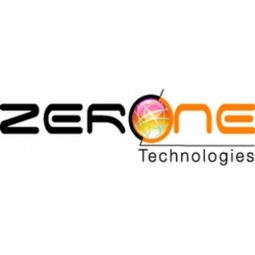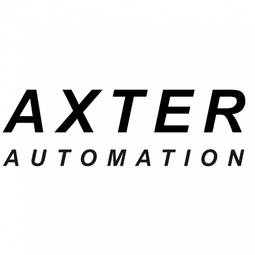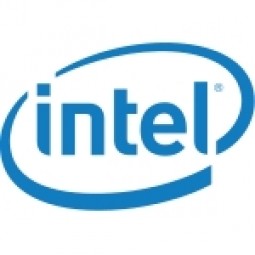Case Studies
-
(2)
- (2)
-
(1)
- (1)
-
(1)
- (1)
- (1)
- (1)
-
(1)
- (1)
-
(1)
- (1)
- (1)
- View all 6 Technologies
ANDOR
- (1)
- (1)
- (1)
ANDOR
- (2)
- (1)
ANDOR
- (1)
- (1)
- (1)
- (1)
- (1)
- View all 6 Use Cases
ANDOR
- (1)
- (1)
- (1)
ANDOR
Please feel encouraged to schedule a call with us:
Schedule a Call
Or directly send us an email:
Compare
|
|

|
The existing system used by the customer could only track a few thousand assets and was able to generate only a few standard set of reports. As the number of assets tracked grew exponentially, the system started to break at the seams. The Tracking devices were from different manufacturers following different protocols. There was no proper integration among the devices to send instant alerts. There are thousands of tracking devices spread across multiple geographies, that are moving. The configuration and troubleshooting of these devices incurred heavy costs, which was a logistics challenge. The existing system did not provide sophisticated Analytics, Business Intelligence and Insights from the data
|
Download PDF
|
|
|

|
The client faces complex material handling due to non-standard load dimensions and weight, increasing safety risks and load handling damages.
|
Download PDF
|
|
|

|
A modern locomotive, for example, has as many as 200 sensors generating more than a billion data points per second. Vibration sensors surround critical components, video cameras scan the track and cab, while other sensors monitor RPM, power, temperature, the fuel mix, exhaust characteristics, and more.Most of today’s locomotives lack sufficient on-board processing power to make full use of all this data. To make matters worse, the data from different subsystems, such as the brakes, fuel system, and engine, remain separate, stored in isolated “boxes” that prevent unified analysis. The data is available, but the technology needed to process it in the most effective manner is not. As new sensors are added to the machine, the problem escalates.
|
Download PDF
|
